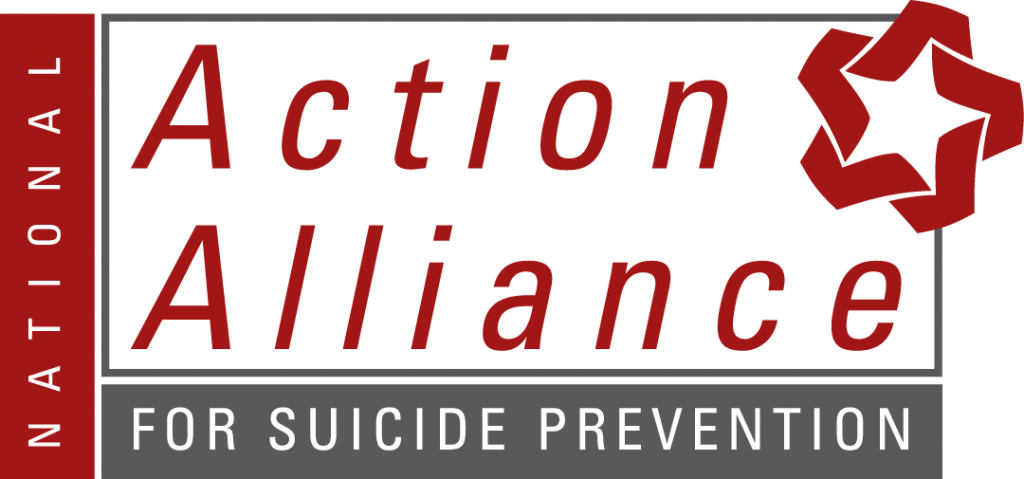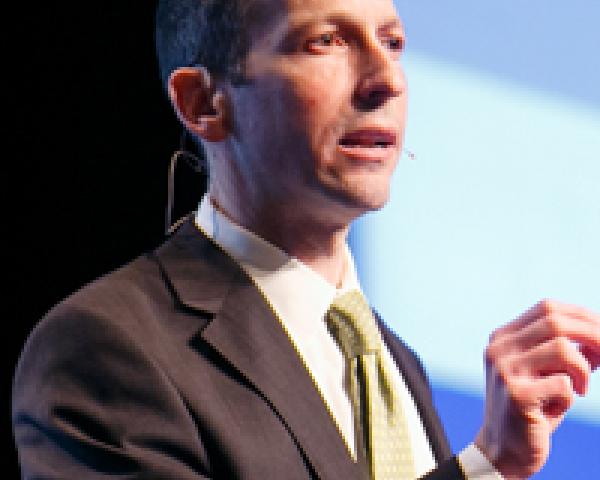This year, for World Suicide Prevention Day, the theme is "Reaching Out to Save Lives" - a message all employers can use to let people know that everyone can play a role in suicide prevention. The National Action Alliance for Suicide Prevention's Workplace Task Force members and the organizations they serve offer the top six things workplaces can do during the month of September to make prevention a health and safety priority:
- Offer a Leadership Proclamation: "Not Another Life to Lose"
Members of executive leadership can take bold and visible positions declaring suicide prevention and mental health promotion critical workplace concerns. This proclamation can be in the form of a newsletter to employees or a video on a website.
- There is sample proclamation language within this National Suicide Prevention Week Toolkit from the American Association of Suicidology; for those working with American Indian and Alaska Native audiences, use the Action Alliance's culturally relevant materials for promoting Hope for Life Day.
- Here is a video with Bob Turner, the private sector co-chair of the National Action Alliance for Suicide Prevention, from the 2014 US/Canada Forum on Workplace Suicide Prevention.
- Here are three articles, "A Call to Action on Mental Health," "How to be a Visionary in Mental Health" and "Stand Up for Robin Williams," by Sally Spencer-Thomas, the co-lead of the National Action Alliance for Suicide Prevention's Workplace Task Force.
- Highlight Mental Health Resources
Host a brown bag lunch program each day for the week. Invite employee assistance program (EAP) representatives or other local mental health professionals to offer educational session on stress, work-life balance, coping with depression or other related topics.
Offer a mental health fair where local suicide prevention, mental health or other wellness resources share more information and employees get a "passport" stamped for each one they visit. Completed passports go into a drawing for a prize.
Send resources to employees such as:
- EAP phone number or website with a list of answers to frequently asked questions
- Screening tool: "Workplace Response: Screening for Mental Health"
- Article: "Making Mental Health Your Business" by Candice Porter of the National Action Alliance for Suicide Prevention's Workplace Task Force
- Hotlines: National Suicide Prevention Lifeline (1-800-273-TALK/8255)
- Online support resources:
- Community Forum for Suicide Loss Survivors
- "Get Help" from National Suicide Prevention Lifeline
- ManTherapy.org - self-screening and humor to engage men to think about mental health in a different way
- CirclesOfSupports.org - resources for peers and caring adults of youth suicide attempt survivors
- Launch a Mental Wellness Task Force
A true comprehensive and sustained public health approach to prevention will take more than an awareness week or one-time training. To create significant change, a more strategic approach is needed. Start by pulling together a small group of stakeholders - people whose job titles reflect some level of relevance to this issue (i.e., wellness, HR, risk management, safety) and others who are passionate about prevention because it has touched their lives personally. Their task? To identify culturally relevant areas of strength and vulnerability for suicide within the organization and to develop a strategic approach to change.
Here are some resources:
- Workplace self-assessment tool: "How Mentally Healthy is Your Workplace?"
- Article: "Why Employers Must Help Stop Suicide," by Jodi Jacobsen Frey, a member of the National Action Alliance for Suicide Prevention's Workplace Task Force
- Article: "Suicide Prevention: Talk About It at Work," by Rich Paul, a member of the National Action Alliance for Suicide Prevention's Workplace Task Force
- Article: "Breaking the Silence on Mental Health," by Bernard Dyme, a member of the National Action Alliance for Suicide Prevention's Workplace Task Force
- Article: "A Blueprint for Preventing Suicide," by Michelle Holmberg, a member of the National Action Alliance for Suicide Prevention's Workplace Task Force
- Workplace blueprint from the National Action Alliance for Suicide Prevention
- Online resource: WorkingMinds.org
- Leverage Social Media
During this week, companies can join the international conversation by posting on Twitter and Facebook.
- Sample posts:
- [Name of company or Twitter handle] makes #suicideprevention a health and safety priority #WSPD15
- [Name of company or Twitter handle] We are doing our part to #preventsuicide during #NSPW. Everyone can play a role!
- Hashtags:
- National Suicide Prevention Week (Sept. 7-13)
- #NSPW
- #NSPW15
- #SuicidePrevention
- World Suicide Prevention Day (Sept. 10)
- #WSPD
- #WSPD15
- Workplace
- #WorkplaceMH
- #WorkingMinds
- Guidelines on social media and mental health.
- National Suicide Prevention Week (Sept. 7-13)
- Honor Suicide Loss With Candle-Lighting Ceremony
How companies respond to the aftermath of suicide matters greatly. Grief and trauma support, thoughtful communication and compassionate leadership can help a workforce make the transition from immobilization to a bonded community.
Here are some resources:
- Example of candle-lighting ceremony honoring those who've died by suicide
- Tool: "A Manager's Guide to Suicide Postvention: 10 Action Steps for Dealing with the Aftermath of Suicide"
- Article: "A Manager's Response to Workplace Suicide" by Jodi Jacobsen Frey, a member of the National Action Alliance for Suicide Prevention's Workplace Task Force
- Article: "Preventing Deaths Following a Suicide," by Judy Beahan, a member of the National Action Alliance for Suicide Prevention's Workplace Task Force
- Donate to or Volunteer for Local or National Suicide Prevention Organizations
Engaging in community prevention efforts is a great way for employees to give back and to get to know the local resources available. Corporate investments in prevention programs and research will help us get ahead of the problem. Get involved!
Here are some resources:
- Donate to suicide prevention organizations
- Walk for suicide prevention (community walks offered by the American Foundation for Suicide Prevention)
- Article: "Why Invest in Suicide Prevention?" from Insurance Thought Leadership contributor Sue Murray























